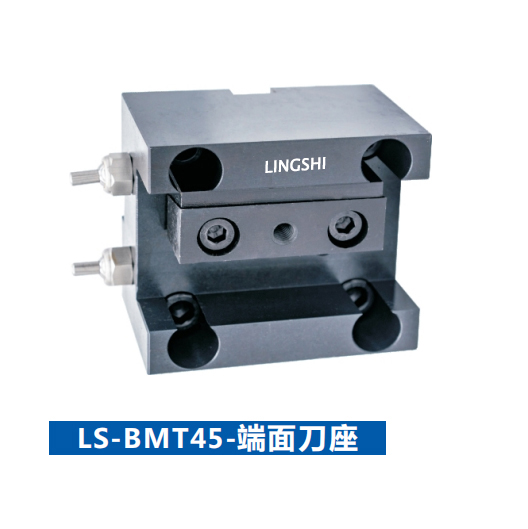 English
English-
 English
English -
 Français
Français -
 日本語
日本語 -
 Deutsch
Deutsch -
 tiếng Việt
tiếng Việt -
 Italiano
Italiano -
 Nederlands
Nederlands -
 ภาษาไทย
ภาษาไทย -
 Polski
Polski -
 한국어
한국어 -
 Svenska
Svenska -
 magyar
magyar -
 Malay
Malay -
 বাংলা ভাষার
বাংলা ভাষার -
 Dansk
Dansk -
 Suomi
Suomi -
 हिन्दी
हिन्दी -
 Pilipino
Pilipino -
 Türkçe
Türkçe -
 Gaeilge
Gaeilge -
 العربية
العربية -
 Indonesia
Indonesia -
 Norsk
Norsk -
 تمل
تمل -
 český
český -
 ελληνικά
ελληνικά -
 український
український -
 Javanese
Javanese -
 فارسی
فارسی -
 தமிழ்
தமிழ் -
 తెలుగు
తెలుగు -
 नेपाली
नेपाली -
 Burmese
Burmese -
 български
български -
 ລາວ
ລາວ -
 Latine
Latine -
 Қазақша
Қазақша -
 Euskal
Euskal -
 Azərbaycan
Azərbaycan -
 Slovenský jazyk
Slovenský jazyk -
 Македонски
Македонски -
 Lietuvos
Lietuvos -
 Eesti Keel
Eesti Keel -
 Română
Română -
 Slovenski
Slovenski -
 मराठी
मराठी -
 Srpski језик
Srpski језик -
 Español
Español -
 Português
Português
What is the process for replacing a damaged tool holder on a milling machine?
2024-09-24

What are the common types of tool holders used in milling?
There are several types of tool holders used in milling, including:
- End mill holders
- Milling chucks
- Collets
- Shell mill holders
What is the process for replacing a damaged tool holder on a milling machine?
If you need to replace a damaged tool holder, the process is relatively straightforward. First, remove the old tool holder and clean the spindle taper. Next, install the new tool holder by inserting it into the spindle taper and tightening the drawbar. Finally, check the tool holder's runout using a dial indicator to ensure that it is within acceptable limits.
How do you choose the right tool holder for your milling needs?
The right tool holder for your milling needs depends on several factors, such as the type of material you are milling, the cutter's shape and size, and the spindle type. Consider the milling application and select a tool holder that provides the best grip, accuracy, and rigidity while reducing tool wear. You can consult with a tooling specialist to help you choose the right tool holder for your specific milling needs.
What are the benefits of using high-quality tool holders for milling?
Using high-quality tool holders for milling provides several benefits, including:
- Improved accuracy and repeatability of cutting operations
- Better surface finishes and reduced cutter wear
- Reduced vibration and tool chatter
- Increased tool life and reduced tooling costs
Summary
Tool Holders For Milling is a critical component of the milling machine that provides a secure grip on the milling cutter. Proper selection and use of tool holders are essential for accurate cutting operations, tool balance, and preventing vibration and chatter. Consider the milling application and select a high-quality tool holder that provides the best grip, accuracy, rigidity, and reduces tool wear.
Foshan Jingfusi CNC Machine Tools Company Limited is a professional manufacturer of CNC machines and machine tool accessories. Our products include CNC lathes, milling machines, drilling machines, and tool holders for milling. We are committed to providing reliable, high-quality products and services that meet and exceed our customers' expectations. If you have any inquiries or questions about our products and services, please feel free to contact us at manager@jfscnc.com.Scientific Research Papers
Akbari, J., & Liang, S. Y. (2019). Tool wear prediction in end milling of Ti-6Al-4V using a novel compact sensor system. Journal of Manufacturing Processes, 40, 362-372.
Alam, M. K., Rahman, M., & Wong, Y. S. (2018). A comprehensive review of the state-of-the-art predictive machining theory and innovative machining strategies: towards intelligent machining. Journal of Manufacturing Systems, 48, 224-239.
Chen, L., Li, L., & Liang, S. Y. (2019). Surface roughness prediction in CNC turning using non-parametric regression with optimized input variables. The International Journal of Advanced Manufacturing Technology, 105(9-12), 4113-4128.
Fard, M. K., Kouam, J., Budak, E., & Altintas, Y. (2020). Prediction and experimental verification of tool wear and cutting forces in helical milling of Inconel 718. International Journal of Machine Tools and Manufacture, 153, 103528.
Gao, L., Zou, S., Xiao, Z., Xia, L., & Cheng, K. (2021). Prediction of surface roughness in multided Geometries milling process based on machine learning. Journal of Advanced Manufacturing Systems, 20(01n02), 69-80.
Li, Z. Y., Liang, S. Y., & Zeng, X. K. (2018). Cutting force prediction in ball-end milling of inclined surface with a novel theoretical and experimental approach. The International Journal of Advanced Manufacturing Technology, 94(9-12), 3229-3243.
Lin, T., Gao, X. L., & Liang, S. Y. (2018). Predictive modeling of cutting force and tool wear in drilling of carbon fiber-reinforced plastic composites using Bayesian network. Journal of Manufacturing Processes, 32, 139-148.
Ma, J., Du, J., & Zhang, Y. (2021). Development of a new machining vibration measurement and mitigation system for a large-scale lathe with an in situ experiment verification. Measurement, 177, 109318.
Murino, T., & Ratchev, S. (2020). A new approach for modelling material removal rate in electrochemical machining. The International Journal of Advanced Manufacturing Technology, 109(9-12), 3331-3344.
Xu, J., Zhang, G., Du, J., & Dong, D. (2019). Predictive modeling of surface roughness in hard turning process with consideration of tool wear effect. The International Journal of Advanced Manufacturing Technology, 102(5-8), 1351-1363.
Zhao, F., Liang, S. Y., & Xu, L. (2019). Prediction of cutting forces and surface roughness in face milling of fiber-reinforced plastic composites using Cu-Zn-Al shape memory alloys as tools. The International Journal of Advanced Manufacturing Technology, 100(9-12), 2873-2887.




